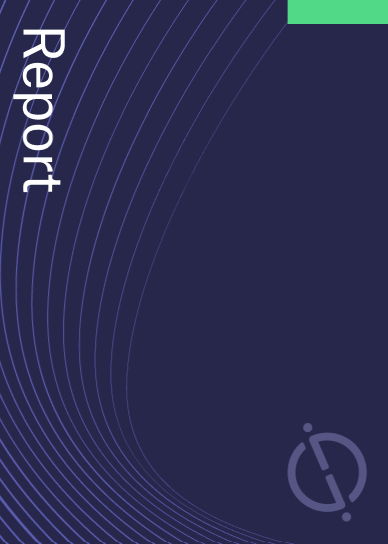Kurita Water Industries has been granted a patent for a dilute chemical solution production device. The device includes a stock solution tank, a first piping for flowing the first liquid, a second piping for connecting the stock solution tank and the first piping, and a plunger pump for adding the second liquid into the first piping. The stock solution tank is pressurized with N2 gas supplied from a purge gas supply part, and the second piping is connected to the first piping at an approximately central position. GlobalData’s report on Kurita Water Industries gives a 360-degree view of the company including its patenting strategy. Buy the report here.
According to GlobalData’s company profile on Kurita Water Industries, reverse osmosis and nano-filtration was a key innovation area identified from patents. Kurita Water Industries's grant share as of June 2023 was 1%. Grant share is based on the ratio of number of grants to total number of patents.
Dilute chemical solution production device
A recently granted patent (Publication Number: US11667515B2) describes a dilute chemical solution production device. The device is designed to produce a dilute chemical solution by adding a second liquid to a first liquid. The production device includes a first piping with an inner diameter of 10-50 mm for flowing the first liquid, a stock solution tank for accumulating the second liquid, a second piping with an inner diameter of 0.1-4 mm for connecting the stock solution tank and the first piping, and a plunger pump for adding the second liquid into the first piping through the second piping.
One notable feature of the device is the attachment of a purge gas supply part to the stock solution tank. Nitrogen gas (N2) is supplied from the purge gas supply part to pressurize the stock solution tank. Additionally, the front end of the second piping is connected to an approximately central position in a radial direction of the first piping via a bore-through joint.
The patent also mentions the inclusion of an air-bleed mechanism attached to the plunger pump. This mechanism is connected to a pressure measurement part on the downstream side of the plunger pump. A control part is responsible for activating the air-bleed mechanism when the measurement pressure falls below a prescribed value.
The first pressure measurement part, which measures the pressure in the stock solution tank, is arranged on the stock solution tank. This allows for monitoring and control of the pressure within the tank.
The first liquid used in the device is specified as ultrapure water, while the second liquid is ammonia. This indicates that the device is particularly suited for producing dilute chemical solutions involving these substances.
Overall, the granted patent describes a dilute chemical solution production device that incorporates various features to ensure accurate and controlled mixing of liquids. The inclusion of a purge gas supply part, air-bleed mechanism, and pressure measurement parts allows for precise control of the production process. The device's compatibility with ultrapure water and ammonia suggests potential applications in industries where these substances are commonly used.
To know more about GlobalData’s detailed insights on Kurita Water Industries, buy the report here.
Data Insights
From

The gold standard of business intelligence.
Blending expert knowledge with cutting-edge technology, GlobalData’s unrivalled proprietary data will enable you to decode what’s happening in your market. You can make better informed decisions and gain a future-proof advantage over your competitors.




